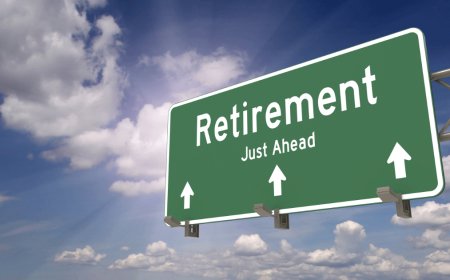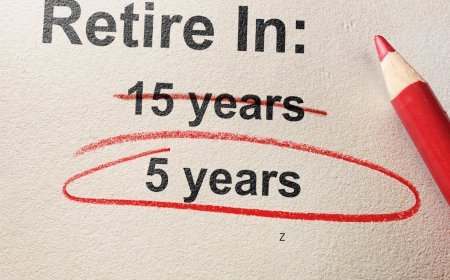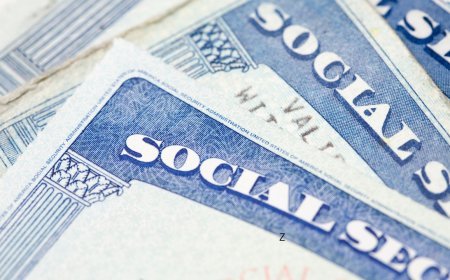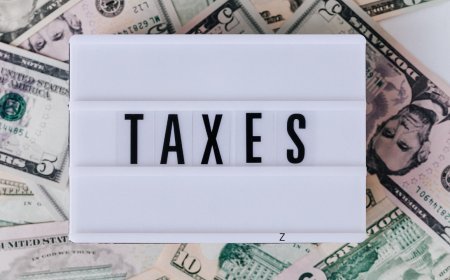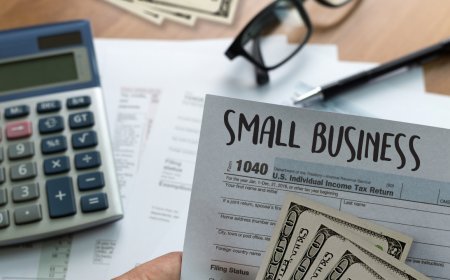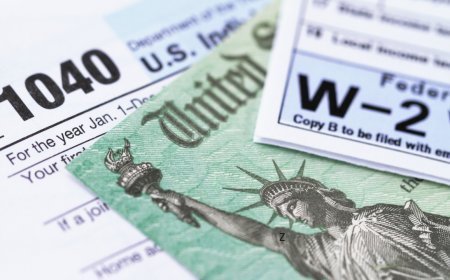The Over-50 Secret to Supercharging Your Retirement Savings
For those over 50, retirement is no longer a distant dream—it’s a fast-approaching reality. While traditional advice like maxing out your 401(k) or cutting expenses is solid, there’s an underrated strategy that can significantly boost your nest egg: catch-up contributions. This IRS-allowed perk lets older Americans pour extra money into retirement accounts, and it’s a game-changer for building wealth in your final working years. Here’s why it’s a must-use tool and how to make it work for you

Understanding Catch-Up Contributions
Catch-up contributions allow individuals aged 50 and older to contribute beyond the standard limits for retirement accounts like 401(k)s, IRAs, and Health Savings Accounts (HSAs). Designed to help late-career savers bolster their nest eggs, these extra contributions can grow significantly thanks to compounding and tax benefits. The IRS sets generous catch-up limits for 2025, making this an ideal time to act.
2025 Contribution Limits
-
401(k), 403(b), or 457 Plans: $23,500 standard + $7,500 catch-up = $31,000 total.
-
Traditional or Roth IRA: $7,500 standard + $1,000 catch-up = $8,500 total.
-
HSA: $4,300 (individual) or $8,550 (family) + $1,000 catch-up = $5,300 or $9,550 total.
Why This Strategy Shines for Over-50 Savers
1. Massive Growth Potential
The extra $7,500 you can add to a 401(k) each year from age 50 to 65 could grow to $225,000 by retirement, assuming a 6% annual return, per a 2025 Vanguard calculator. For IRAs, an additional $1,000 annually could add $28,000 over 15 years. Real-world example: Jane, a 52-year-old teacher, started maxing out her 403(b) catch-up in 2020. By 2025, her extra contributions grew by $12,000, thanks to market gains and tax savings.
2. Tax Savings That Add Up
Contributions to traditional 401(k)s or IRAs reduce your taxable income, delivering immediate tax relief. For someone in the 24% tax bracket, a $7,500 catch-up contribution saves $1,800 in taxes annually. HSAs are even more tax-friendly: contributions are deductible, earnings grow tax-free, and withdrawals for medical expenses are tax-free. A 2024 AARP survey found that 60% of over-50 savers underestimate these tax benefits, missing easy savings.
3. A Second Chance for Late Starters
Life happens—college tuition, mortgages, or career shifts can delay retirement savings. Catch-up contributions offer a way to catch up. Take Mark, a 55-year-old small business owner who started saving late after paying off debt. By using catch-up contributions to his SEP-IRA and HSA, he’s on track to add $150,000 to his retirement by age 65, per his financial advisor’s 2025 projections.
4. HSA as a Stealth Retirement Fund
HSAs are a hidden gem for retirement. Beyond covering medical costs, funds can be withdrawn after 65 for any purpose (non-medical withdrawals are taxed like an IRA). A 2025 HSA Store study found that only 12% of over-50 HSA holders use the $1,000 catch-up, yet it could grow to $30,000 by retirement, covering healthcare or other expenses tax-efficiently.
Practical Steps to Maximize Catch-Up Contributions
-
Start with Your 401(k): If your employer matches contributions, hit the match first, then add the $7,500 catch-up. Redirect raises, bonuses, or side hustle income to reach the $31,000 limit. Example: Sarah, 53, increased her 401(k) contribution by 2% annually, hitting the catch-up limit without straining her budget.
-
Open or Fund an IRA: If you lack a 401(k) or max it out, contribute to a Traditional or Roth IRA. Roth IRAs are ideal if you expect higher taxes in retirement. A financial planner can help you choose.
-
Leverage HSAs: Pay medical expenses out of pocket and let your HSA grow tax-free with the $1,000 catch-up. This builds a safety net for future healthcare costs, which average $315,000 in retirement, per 2025 Fidelity data.
-
Automate Everything: Set up automatic payroll deductions or bank transfers to ensure consistent contributions. This removes the temptation to spend the money elsewhere.
-
Consult a Pro: A 2025 Schwab study found that savers working with advisors were 30% more likely to use catch-up contributions effectively. An advisor can align your strategy with your income and goals.
Watch Out for These Traps
-
Budget Overreach: Maxing out contributions can pinch your cash flow. Start with smaller increases and scale up as you pay off debts or kids move out.
-
Missed Deadlines: 401(k) contributions are due by December 31, but IRAs can be funded until April 15, 2026, for 2025. Plan ahead to avoid missing out.
-
Roth vs. Traditional Confusion: If you’re in a high tax bracket now but expect a lower one in retirement, prioritize Traditional accounts for bigger tax breaks. Unsure? A tax advisor can clarify.
The Bottom Line
Catch-up contributions are a golden opportunity for those over 50 to supercharge their retirement savings. Whether you’re adding $7,500 to a 401(k), $1,000 to an IRA, or $1,000 to an HSA, these extra dollars can grow into tens or hundreds of thousands by retirement. Don’t let this hack go unused—start small, automate contributions, and get advice to maximize your gains. With a little effort now, you’ll enjoy a more secure, comfortable retirement.
For more ways to boost your savings, visit usbestnews.com.
What's Your Reaction?
 Like
0
Like
0
 Dislike
0
Dislike
0
 Love
0
Love
0
 Funny
0
Funny
0
 Angry
0
Angry
0
 Sad
0
Sad
0
 Wow
0
Wow
0








